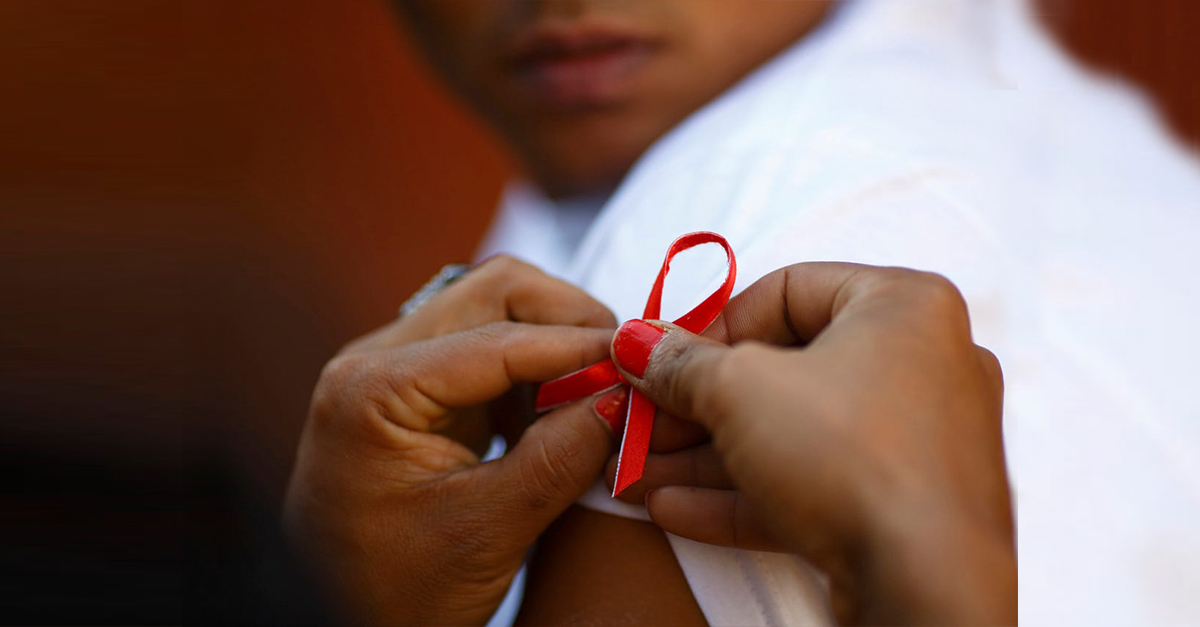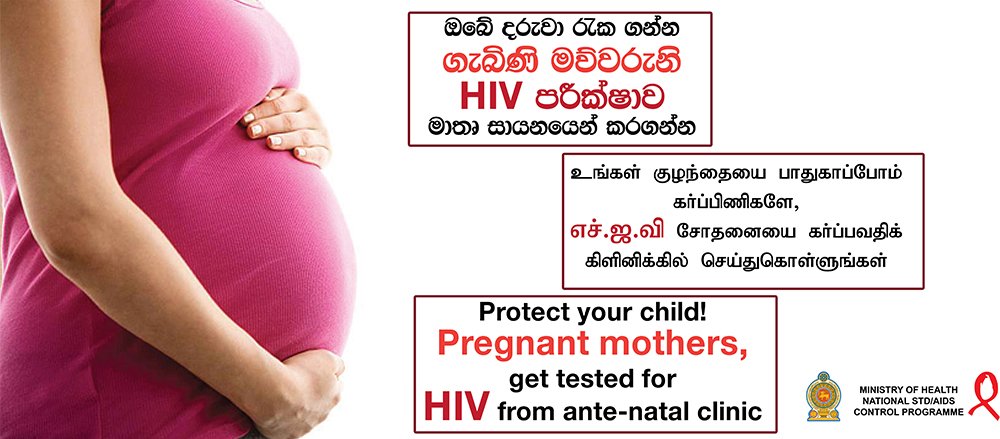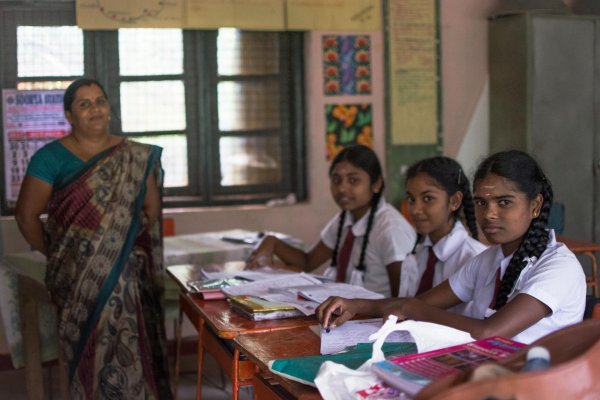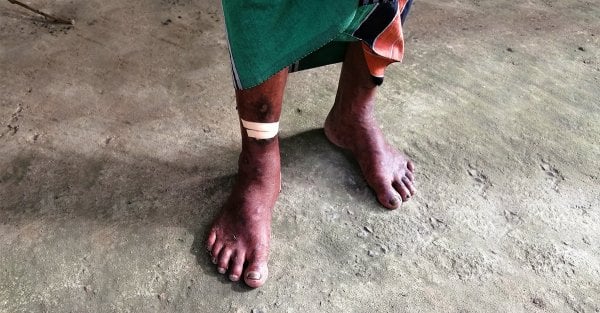
Human Immunodeficiency Virus (HIV) spreads in three ways: through unprotected sexual intercourse, through blood, and from Mother-To-Child (MTCT). And while advanced HIV, or Acquired Immune Deficiency Syndrome (AIDS) is not curable, HIV can be controlled, and Sri Lanka recently scored a big victory by eliminating mother-to-child transmission of the disease.
But let’s understand just how important this win is.
What Is MTCT?
MCTC is when HIV is transmitted from a mother to her child during pregnancy, labour, delivery or breastfeeding. The risk of transmission from mother to child is very high if an HIV positive mother is not treated.

What Is The NSACP’s Involvement?
The National STD/AIDS Control Programme (NSACP) run by the Ministry of Health decided it would prevent the transmission of HIV from mother to child. “We screen[ed] each and every pregnant mother through our antenatal clinics around the country,” Dr Chandrika Jayakody, National Programme Consultant for IEC (Information, Education, Communication) and Condom Promotion at the NSACP said.
Pregnant mothers were offered a package of tests. “[They] are screened for haemoglobin levels, blood group,” she said, adding that the mothers were also made to take the VDRL test. “We have added this particular test into that package as well. By offering this test, we can identify mothers who are HIV positive.” And once the HIV status of a mother is assessed, treatment can begin.

What Is The Treatment?
Mothers who have been identified with being HIV positive are recommended Antiretroviral Treatment (ART), which minimises the virus particles in the patient, which in turn reduces the risk of transmission to the child.
“If the mother adheres to the treatment, continues it throughout her pregnancy and afterwards, we can completely eliminate the transmission risk,” Dr Jayakody said.
ART is a lifelong treatment. Even after the mothers give birth, they will have to continue the treatment to maintain their health, for if they stop, they will risk transmission to the child through breast milk. The mother’s health will also begin to deteriorate.
ART was introduced to Sri Lanka in 2004, but it was only in 2013 that an exclusive treatment programme for HIV-positive mothers was introduced as a pilot project in the Kaduwela MOH area. Later, the NSACP expanded the programme, and by 2017, all services were available islandwide.
What Is The Success Rate?
The NSACP noted that between 2017 and 2018, 32 mothers with the condition gave birth to HIV negative children, who are healthy to date—the team believes the number of cases will not increase.
However, the overall number of recorded HIV cases have been increasing. In 2018, the NSACP identified 350 people with HIV, which is an increase from the 285 cases identified in 2017. By the third quarter of 2019, health officials had diagnosed 314 cases.
The increasing number of cases, in a way, is a good trend, Dr Jayakody said. “It means that more people are coming for our services and are receiving treatment. By knowing the status, diagnosis becomes efficient and treating patients can become faster. Through treatment, we can cut down the spread of the disease,” she said.
She added that while the World Health Organisation (WHO) has announced its goal to eliminate HIV/ AIDS by 2030, “we have decided to expedite matters and brought up the local deadline to 2025.”





.jpg?w=600)


